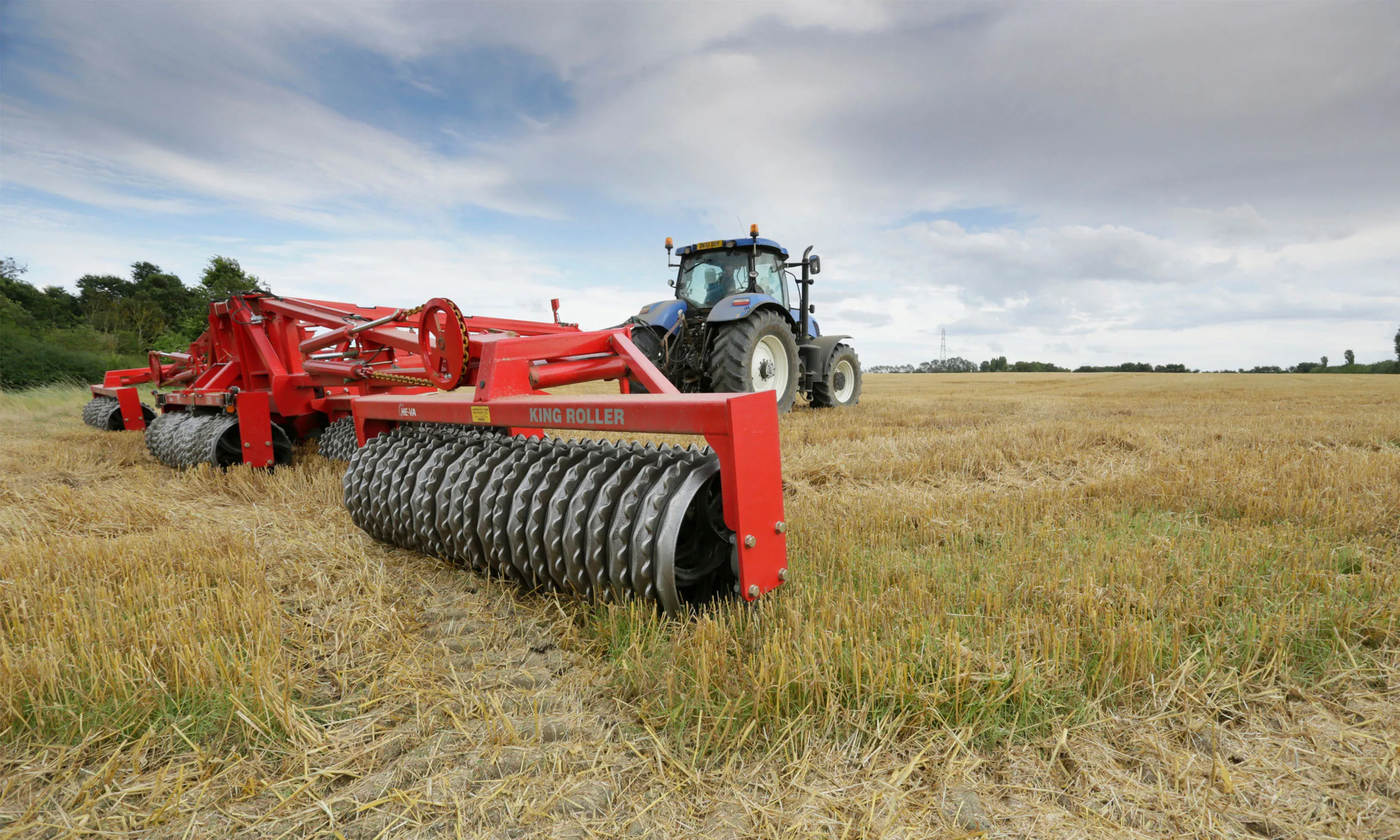About Hope Farm
In 2000, we purchased Hope Farm, an arable farm in Cambridgeshire, to monitor the benefits of nature-friendly farming.

On this page
About Hope Farm
In previous years, we predominantly grew autumn-sown crops because they were considered to be more profitable. Recently, we have introduced a greater area of spring-sown crops, to help deal with pernicious weed problems and maintain overall profitability.
During the first five years only two crops were grown - wheat and oilseed rape. These were grown in a three-year rotation (wheat - wheat - oilseed rape). The rotation has evolved to take account of market opportunities and help implement a robust integrated pest management programme.
We now include seven different crops in rotation, mostly cereals as is typical of the area. We use cover crops and are starting to grow multiple crops in the same field to further improve resistance to pests and disease. Along with the arable land, there is also permanent pasture, which is grazed by horses and sheep.
Key facts
- Total farm area: 181 hectares
- Area of pasture: 6 hectares
- Soil type: Hanslope calcareous clay loam and Evesham clay loam
- Smallest field: 0.93 hectares
- Largest field: 34 hectares
- Cropped area focussing on regenerative farming practices: 142ha
- Fair to Nature accredited: whole farm
Conservation habitats
- Wildflower habitats: 10ha
- Seed rich habitats: 4.4ha
- Hedgerows and scrubby habitats: 7ha
- 7 ponds
- Woodland and copse: 2ha